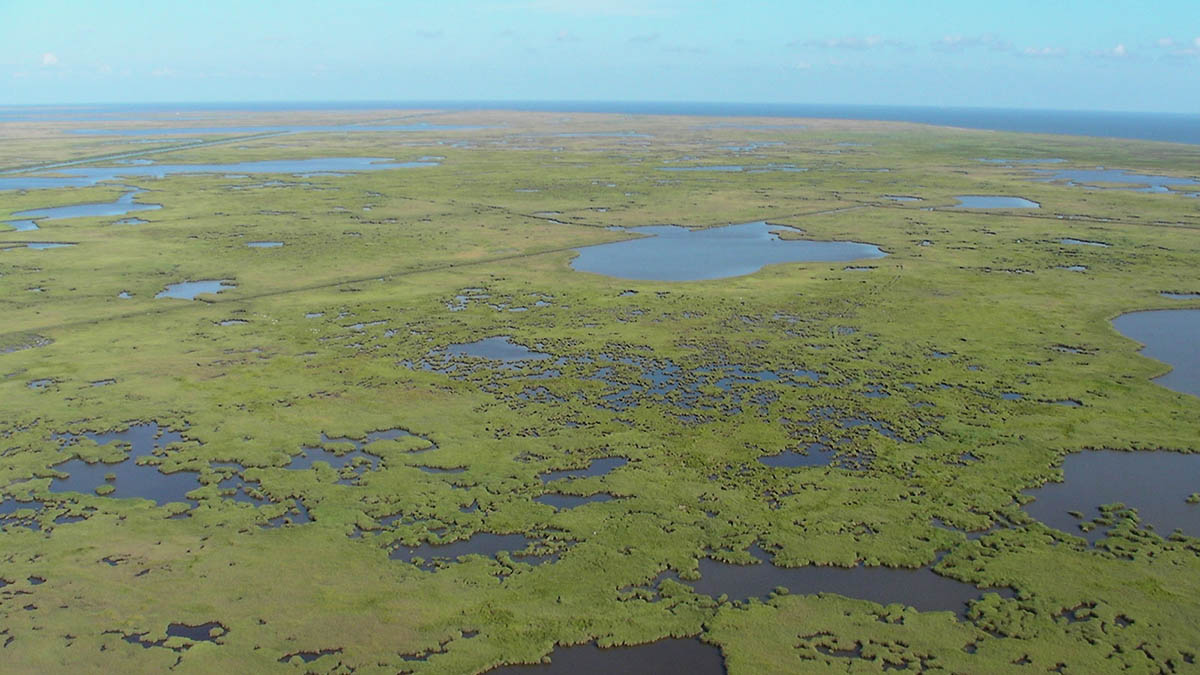The Mississippi River Delta contains vast areas of marshes, swamps and barrier islands – important for wildlife and as protective buffers against storms and hurricanes. Rapid land subsidence due to sediment compaction and dewatering increases the rate of submergence in this system. (K.L. McKee / U.S. Geological Survey)
Home The Mississippi River Delta contains vast areas of marshes, swamps and barrier islands – important for wildlife and as protective buffers against storms and hurricanes. Rapid land subsidence due to sediment compaction and dewatering increases the rate of submergence in this system. (K.L. McKee / U.S. Geological Survey) The Mississippi River Delta contains vast areas of marshes, swamps and barrier islands - important for wildlife and as protective buffers against storms and hurricanes. Rapid land subsidence due to sediment compaction and dewatering increases the rate of submergence in this system. (K.L. McKee / U.S. Geological Survey)
The Mississippi River Delta contains vast areas of marshes, swamps and barrier islands – important for wildlife and as protective buffers against storms and hurricanes. Rapid land subsidence due to sediment compaction and dewatering increases the rate of submergence in this system. (K.L. McKee / U.S. Geological Survey)



